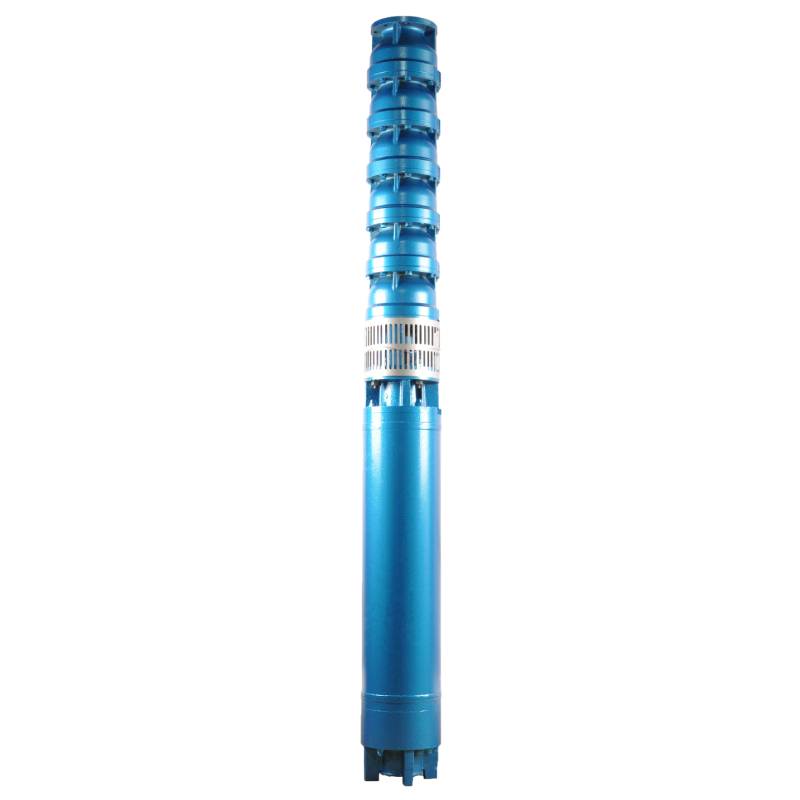des. . 05, 2024 15:07 Back to list
deep well submersible pump check valve
Understanding Deep Well Submersible Pump Check Valves
Deep well submersible pumps are essential devices used in various applications, including irrigation, water supply, and industrial processes. These pumps are designed to work underwater, drawing water from deep aquifers and delivering it to the surface. One critical component of a deep well submersible pump system is the check valve. In this article, we will explore the importance, function, and considerations regarding check valves in deep well submersible pump applications.
What is a Check Valve?
A check valve is a mechanical device that allows fluid to flow in one direction while preventing backflow in the opposite direction. This one-way flow mechanism is crucial in ensuring that the water drawn up from deep wells does not flow back down when the pump is not in operation. In the context of deep well submersible pumps, check valves are typically installed in the discharge line, which leads the water upward to the surface.
Importance of Check Valves
1. Preventing Backflow The primary function of a check valve is to prevent backflow. In a submersible pump system, if water were to flow back down the well when the pump is turned off, it could lead to several issues, such as air entrapment, pump cavitation, and even potential damage to hydraulic components.
2. Maintaining System Efficiency By preventing backflow, check valves help maintain system pressure and efficiency. They ensure that the water remains in the discharge line, allowing the pump to work effectively when reactivated. This efficiency is vital for both energy savings and the longevity of the pump system.
3. Protection Against Contamination In some cases, backflow might introduce contaminants from the surface into the aquifer. Check valves help mitigate this risk by sealing off the well, thereby protecting the water quality used for drinking, irrigation, and other purposes.
4. Reducing Pump Wear Pumps that experience frequent backflow may suffer from increased wear and tear, leading to more frequent maintenance and replacement. By using a check valve, you can reduce the cyclical stress placed on the pump system, thereby prolonging its operational life.
Types of Check Valves for Deep Well Submersible Pumps
There are several types of check valves suitable for deep well applications, including
deep well submersible pump check valve

1. Swing Check Valves These valves use a disc that swings open and closed, allowing flow in one direction while blocking reverse flow. They are commonly used due to their simple design and effectiveness.
2. Ball Check Valves In this design, a ball sits in the valve seat. When fluid flows in the intended direction, the ball is pushed away from the seat, allowing flow. When the flow reverses, the ball is pressed onto the seat, blocking the backflow.
3. Spring-Loaded Check Valves These valves utilize a spring mechanism to provide additional force for sealing, making them effective in preventing backflow even under low-pressure conditions.
Considerations for Installing Check Valves
When selecting and installing a check valve for a deep well submersible pump, several considerations should be taken into account
1. Material Selection The material of the check valve should be compatible with the fluid being pumped. Options typically include stainless steel, brass, and various plastics, depending on the application and environmental conditions.
2. Sizing Proper sizing of the check valve is crucial. A valve that is too small can restrict flow, while one that is too large may not function effectively. It is essential to match the valve size to the pump’s discharge line diameter.
3. Maintenance While check valves are generally low-maintenance, periodic checks are necessary to ensure they are functioning correctly. Regular maintenance can help identify any wear or issues that may cause failure.
4. Installation Location The placement of the check valve should be considered during installation. Ideally, it should be positioned as close to the pump discharge as possible to minimize the risk of backflow.
Conclusion
In summary, check valves are crucial components in deep well submersible pump systems, serving to prevent backflow, maintain efficiency, protect water quality, and extend pump life. Understanding their importance and how they function can help operators ensure the sustainability and effectiveness of their water extraction systems. Proper selection, installation, and maintenance of check valves are essential for optimal performance and longevity of deep well submersible pumps.
-
Water Pumps: Solutions for Every Need
NewsJul.30,2025
-
Submersible Well Pumps: Reliable Water Solutions
NewsJul.30,2025
-
Stainless Steel Water Pumps: Quality and Durability
NewsJul.30,2025
-
Powerful Water Pumps: Your Solution for Efficient Water Management
NewsJul.30,2025
-
Oil vs Water Filled Submersible Pumps: Which is Better?
NewsJul.30,2025
-
Deep Well Pumps: Power and Reliability
NewsJul.30,2025
-
 Water Pumps: Solutions for Every NeedWhen it comes to handling dirty water, the dirty water pump is a must-have.Detail
Water Pumps: Solutions for Every NeedWhen it comes to handling dirty water, the dirty water pump is a must-have.Detail -
 Submersible Well Pumps: Reliable Water SolutionsWhen it comes to ensuring a reliable water supply, submersible well pumps are a top choice.Detail
Submersible Well Pumps: Reliable Water SolutionsWhen it comes to ensuring a reliable water supply, submersible well pumps are a top choice.Detail -
 Stainless Steel Water Pumps: Quality and DurabilityWhen it comes to choosing a water pump, the stainless steel water pump price is a crucial factor.Detail
Stainless Steel Water Pumps: Quality and DurabilityWhen it comes to choosing a water pump, the stainless steel water pump price is a crucial factor.Detail
